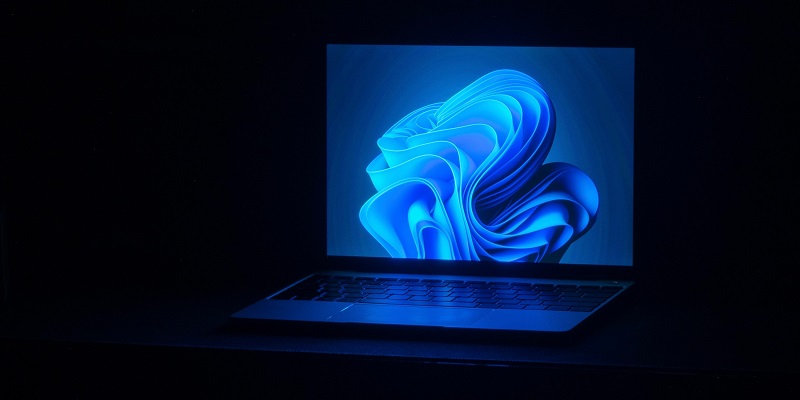In today’s digital age, security is paramount when it comes to operating systems. Protecting user data, ensuring system integrity, and safeguarding against malware attacks are critical aspects of a secure computing environment. One notable feature that reinforces security measures in Windows 11 is kernel isolation. This article delves into the significance and benefits of kernel isolation, as well as its implementation in Windows 11.
Microsoft’s Focus on Security Improvements
Ensuring the security of its operating systems has always been a top priority for Microsoft. In recent years, the tech giant has dedicated remarkable efforts to enhance and fortify Windows security. Recognizing the changing threat landscape, Microsoft has diligently worked towards strengthening security measures, ultimately leading to the introduction of kernel isolation in Windows 11.
TPM 2.0 Requirement in Windows 11
Trusted Platform Module (TPM) 2.0 is a hardware-based security feature that offers secure storage of cryptographic keys and enables device authentication. Windows 11 establishes a mandatory requirement for TPM 2.0 installation. This feature significantly enhances system security by ensuring secure environments to protect sensitive data from unauthorized access.
Understanding Core Isolation
At the heart of Windows 11 kernel isolation lies the concept of core isolation. Core isolation serves as a powerful security measure, acting as a shield that protects Windows processes from potential malware threats. By segregating critical processes from regular system processes, core isolation minimizes vulnerability and enhances the overall security posture of the system.
Memory Integrity and Kernel Isolation
As part of kernel isolation, memory integrity further enhances security. It creates a separation between high-security processes and other system processes. This isolation prevents unauthorized access to critical sections of memory and mitigates the risk of advanced attacks, such as kernel code injection and memory manipulation.
Core Insulation as a Hardware Protection Measure
Core insulation, another security feature closely related to kernel isolation, establishes a virtual barrier between primary hardware components and peripheral devices. By isolating and protecting the core components, such as the CPU and memory, from potential exploitation, core insulation provides an additional layer of security to prevent malicious attacks on the system.
Impact on Performance
While kernel isolation and core insulation significantly enhance system security, it is essential to consider their potential impact on performance. The access control processes involved in isolating and protecting critical components may incur a slight performance overhead. However, the trade-off in improved security far outweighs any marginal decrease in performance, particularly in sensitive environments where security takes precedence over performance optimization.
Applicability for Professional and Educational Environments
Core isolation and its associated security features are particularly suitable for professional environments or educational centers with high-security needs. Organizations that handle sensitive data, engage in critical research, or prioritize intellectual property protection can greatly benefit from these security measures. Core isolation provides peace of mind, ensuring that critical resources and confidential information remain secure against potential threats.
Enabling Core Isolation in Windows 11 is a straightforward process through the Windows Security settings. By following a few simple steps, users can activate Core Isolation and immediately bolster their system security. Located within the Windows Security interface, the Core Isolation settings allow users to customize protection levels based on their specific security requirements.
Availability in Windows 10 and Flexibility
While Windows 11 introduces the kernel isolation feature, it is worth noting that core isolation is also available in Windows 10. This flexibility allows users to choose the operating system that aligns with their individual needs and security goals. Whether utilizing Windows 10 or the latest Windows 11, users can toggle core isolation on and off as required, making it a versatile option for adapting to dynamic security needs.
Windows 11’s kernel isolation feature, built upon the foundation of core isolation, presents a significant leap forward in system security. By enforcing hardware-based security measures, such as TPM 2.0 installation, and isolating critical processes from potential threats, Windows 11 provides an enhanced security posture for users. Core isolation acts as a robust barrier, protecting critical components from malware attacks, while memory integrity ensures the integrity of sensitive data. Whether in professional environments or educational centers, the implementation of kernel isolation facilitates a secure computing environment – keeping data safe, systems protected, and user confidence intact.

